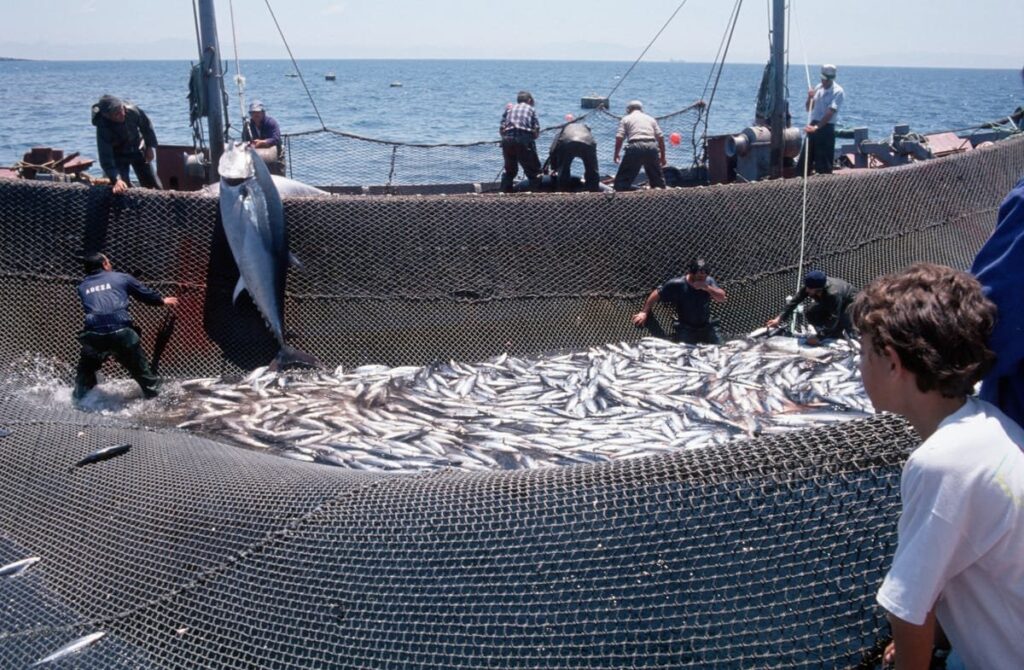Introduction
In the vast expanse of our oceans and the intricate networks of freshwater bodies, fishing has been a cornerstone of human sustenance and culture for millennia. However, as global populations grow and demand for seafood rises, the delicate balance between harvesting from our waters and preserving their biodiversity has become increasingly precarious. This article delves into the concept of sustainable fishing practices, exploring what it means, why it’s crucial, and how individuals and industries can contribute to the conservation of marine and freshwater ecosystems.
Understanding Sustainable Fishing
1. Definition and Principles
Sustainable fishing can be defined as the practice of catching fish in a way that ensures the long-term health and productivity of the species and the ecosystem. Key principles include:
- Maintaining Population Levels: Ensuring that fishing does not deplete fish populations beyond their ability to recover.
- Minimizing Bycatch: Reducing unintended catches of non-target species, including marine mammals, seabirds, and turtles.
- Protecting Habitats: Avoiding damage to critical habitats such as coral reefs, seagrass beds, and spawning grounds.
- Adopting Responsible Management: Implementing science-based quotas, seasonal closures, and other measures to regulate fishing activities.
2. Global Challenges and Overfishing
The rise of industrial fishing and technological advancements has led to overfishing in many parts of the world. This has significant consequences for biodiversity, food security, and coastal communities that depend on fisheries.
Innovations in Sustainable Fishing Practices
1. Technology and Monitoring
- Satellite Tracking: Using satellite technology to monitor vessel movements and enforce fishing regulations.
- Selective Fishing Gear: Designing gear that targets specific species while reducing bycatch.
- Fisheries Management Apps: Apps that provide real-time data on fish stocks and regulations to fishermen.
2. Community-Based Management
- Co-management Agreements: Involving local communities in decision-making processes to ensure sustainable practices.
- Marine Protected Areas (MPAs): Designating zones where fishing is restricted or prohibited to allow fish populations to recover.

Case Studies of Successful Initiatives
1. New Zealand’s Quota Management System
- Overview: Introduced in 1986, this system assigns catch limits to individual fishing vessels based on fish stock assessments.
- Impact: Has contributed to the recovery of several fish stocks and maintained sustainable fishing practices.
2. Costa Rica’s Certification Programs
- Overview: Certification by organizations like the Marine Stewardship Council (MSC) ensures that fish products are sourced from sustainable fisheries.
- Impact: Promotes consumer awareness and supports fisheries committed to sustainable practices.
Consumer Awareness and Choices
1. Sustainable Seafood Guides
- Purpose: Educate consumers about sustainable seafood choices and promote transparency in the seafood supply chain.
- Examples: Seafood Watch by Monterey Bay Aquarium, Good Fish Guide by Marine Conservation Society.
2. Importance of Certification Labels
- MSC Certification: Recognizing fisheries that meet rigorous sustainability standards.
- ASC Certification: Focusing on responsible aquaculture practices.
Challenges and Future Directions
1. Illegal, Unreported, and Unregulated (IUU) Fishing
- Impact: Undermines efforts towards sustainable fishing and threatens marine biodiversity.
- Response: International cooperation and stricter enforcement of regulations.
2. Climate Change and Fisheries
- Impact: Alters oceanic conditions and fish distributions, affecting fishing patterns and stock assessments.
- Adaptation: Developing resilient fisheries management strategies.
Conclusion
Sustainable fishing practices are not just a conservation imperative but also essential for the livelihoods of millions of people worldwide who depend on fisheries. By adopting responsible harvesting methods, supporting sustainable initiatives, and making informed consumer choices, individuals and industries can contribute to the health and resilience of our oceans and freshwater ecosystems. Together, we can ensure that future generations continue to benefit from the abundance and diversity of marine and aquatic life.
This comprehensive article aims to provide readers with a thorough understanding of sustainable fishing practices, emphasizing the importance of conservation while highlighting innovative solutions and challenges facing the industry.
3.5